21 May 2024 Daily Current Affairs
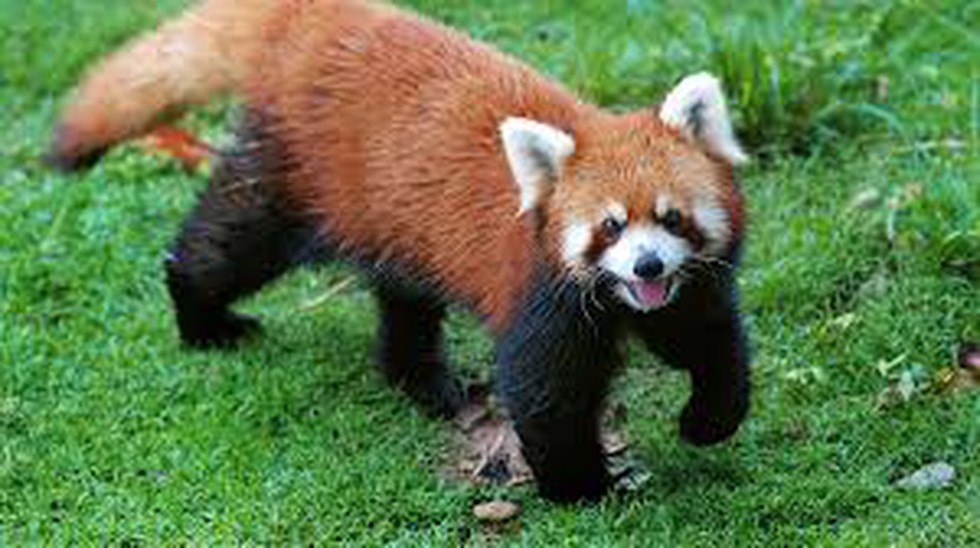
About Red Panda:
- It is primarily an herbivore species.
- They use their long, bushy tails for balance and to cover themselves in winter, presumably for warmth.
- It is a shy, solitary and arboreal animals and considered an indicator species for ecological change.
- Appearance: It is of the size of a house cat, the red panda is famous for its cute face and adorable defense stance.
- Distribution: It lives in the mountainous forests of Bhutan, China, India, Myanmar, and Nepal. Almost 50% of their habitat is in the Eastern Himalayas.
- Threats: Red panda habitat is in decline. The loss of nesting trees and bamboo in the Eastern Himalayas—the location of almost 50% of the red panda’s habitat—is causing a decline in red panda populations across much of their range.
- Conservation status
- IUCN Red list: Endangered
- CITES: Appendix I
- The Wildlife Protection Act 1972: Schedule I.
-
Key facts about Eaglenest Wildlife Sanctuary
- It is a protected area of India in the Himalayan foothills of West Kameng District, Arunachal Pradesh.
- It conjoins Sessa Orchid Sanctuaryto the northeast and Pakhui Tiger Reserve across the Kameng river to the east.
- It is situated in the biodiversity hotspot of Eastern Himalayas and home to over 500 bird species.
- Altitude ranges are extreme: from 500 metres (1,640 ft) to 3,250 metres (10,663 ft).
- It is also a part of the Kameng Elephant Reserve.
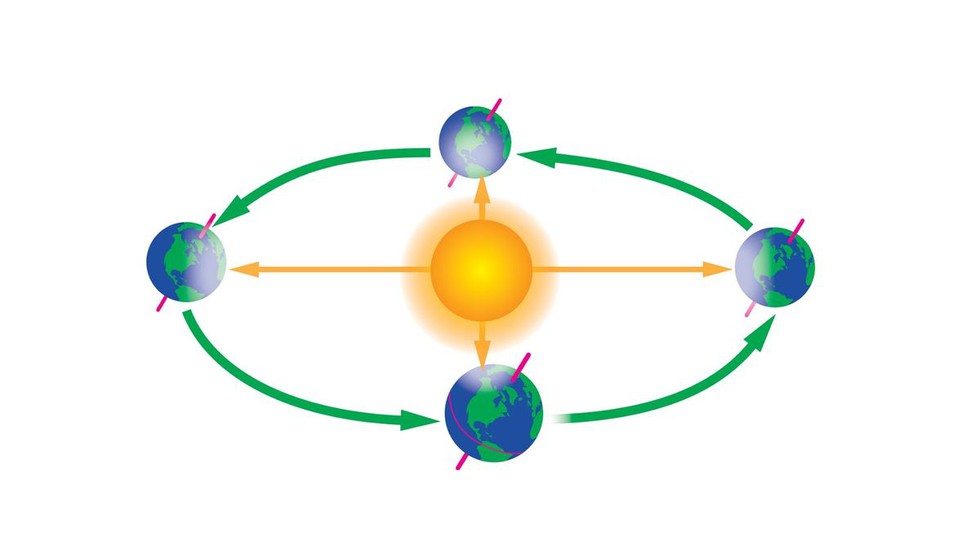
About Summer solstice:
- In Latin, "Solstice" means "sun stands still".
- It is an annual astronomical phenomenon that brings the longest day of the year.
- On the summer solstice, the Northern Hemisphere is tilted toward the sun, receiving the full glare of the sun's rays.
- During the solstice, the Earth’s axis — around which the planet spins, is tilted in a way that the North Pole is tipped towards the Sun and the South Pole is away from it.
- Typically, this imaginary axis passes right through the middle of the Earth from top to bottom and is always tilted at 23.5 degrees with respect to the Sun.
- What happens during the solstice?
- This day sees the Earth receiving a greater amount of energy from the Sun.
- Each year, the summer solstice in the Northern Hemisphere falls on one of two days: June 20 or June 21.In the Southern Hemisphere, the summer solstice happens on Dec. 21 or Dec. 22.
- The date varies because the Gregorian calendar has 365 days, with an extra leap day added in February every four years.
- The amount of light received by a specific area in the Northern Hemisphere during the summer solstice depends on the latitudinal location of the place.
- The further north one moves from the equator, the more light one receives during the summer solstice. At the Arctic Circle, the sun does not set during the solstice.

About Bacterial Pathogens Priority List:
- It is an important tool in the global fight against antimicrobial resistance.
- Background
- In 2017, WHO developed the first BPPL to guide investment into the R&D of new antibacterials and it listed 13 bacterial pathogens (phenotypes).
- It was developed with the multi-criteria decision analysis (MCDA) method (15).
- MCDA is a decision-making scientific method that mounts and evaluates alternatives based on multiple criteria, facilitating systematic and transparent decision-making in complex options.
- The 2024 WHO BPPL covers 24 pathogens, spanning 15 families of antibiotic-resistant bacterial pathogens.
- The 2024 list categorizes these pathogens into critical, high, and medium priority groups to inform research and development (R&D) and public health interventions.
- Significance
- The WHO BPPL acts as a guide for prioritizing R&D and investments in AMR, emphasizing the need for regionally tailored strategies to effectively combat resistance.
- It targets developers of antibacterial medicines, academic and public research institutions, research funders, and public–private partnerships investing in AMR R&D, as well as policy-makers responsible for developing and implementing AMR policies and programs.
What is Antimicrobial Resistance (AMR)?
- It occurs when bacteria, viruses, fungi, and parasites no longer respond to medicines,making people sicker and increasing the risk of disease spread,illness and deaths.
- It is driven in large part by the misuse and overuse of antimicrobials.
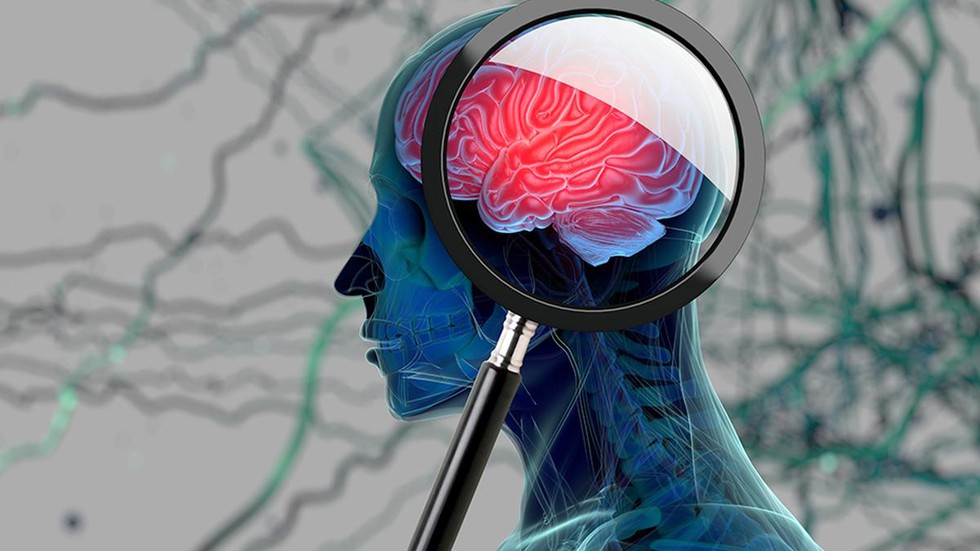
About Synuclein alpha (SNCA) proteins:
- It is a mysterious protein which is present in healthy cells.
- It is notorious for its involvement in age-related neurodegenerative diseases.
- Features of SNCA:
- It is abundant in neurons, especially in dopaminergic neurons. It is found near the nuclei of these cells and at the junctions between two neurons.
- It’s capable of misfolding as well as forming filamentous structures.
- So unlike most other proteins, which take up predictable three-dimensional structures, SNCA can fold in multiple ways. Misfolded proteins don’t function correctly.
- SNCA is present in 2 ways as aggregates in cells: one that interferes with the structural integrity of cells’ nuclei and another that allows the cell to degrade misfolded proteins.
- In these two the former are related to diseased states while the latter is important for healthy cells.
- Over time, these two SNCA populations in the cells:one was around the nuclei, shapes like filaments tens of micrometres long, much like Lewy bodies.
- The other population was also around the nuclei but as much smaller clumps called aggresomes. Such aggresomes are formed when cells localise misfolded proteins into a small bunch (like collecting the trash in a corner) for further processing.

About Project Astra:
- It is a new multimodal AI agent developed by Google.
- It is capable of answering real-time questions fed to it through text, video, images and speech by pulling up the relevant information.
- It can see the world, remember where one has left a thing and even answer if a computer code is correct by looking at it through the phone’s camera.
- It is more straight-forward, there is no range of emotional diversity in its voice.
- It is not limited to smartphones. Google also showed it being used with a pair of smart glasses.
- Project Astra can learn about the world, making it as close as possible to a human-assistant-like experience.
What is multimodal model AI?
- A multimodal model is a ML (machine learning) model that is capable of processing information from different modalities, including images, videos and text.
- For example, Google's multimodal model, Gemini, can receive a photo of a plate of cookies and generate a written recipe as a response and vice versa.
- This model expands on generative capabilities, processing information from multiple modalities, including images, videos, and text. Multimodality can be thought of as giving AI the ability to process and understand different sensory modes.
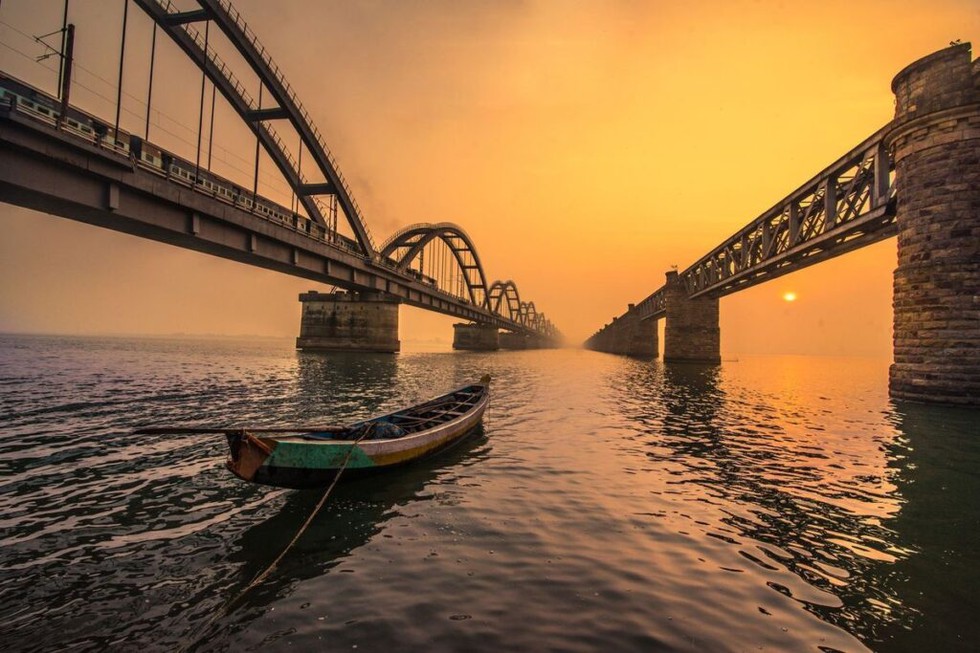
About Godavari River:
- It is India's second-longest river after the Ganga and the third-largest in India drains about 10% of India's total geographical area.
- It is also called `Dakshina Ganga`, which translates into the South Ganges River.
- Course:
- The origin of the Godavari River is in Brahmagiri Mountain at Trimbakeshwar in Nashik district of
- It runs for a length of about 1,465 kilometers.
- It finally empties itself into the Bay of Bengal at Narasapuram in West Godavari district, Andhra Pradesh.
- The river mainstem, travels through three states: Maharashtra, Telangana, and Andhra Pradesh, while its basin includes Madhya Pradesh, Karnataka, parts of Chattisgarh, and Odisha.
- It has a drainage basin of some 121,000 square miles (313,000 square km)
- The basin is bounded by the Satmala hills, the Ajanta range, and the Mahadeo hills on the north, by the Eastern Ghats on the south and the east and by the Western Ghats on the west.
- The Godavari basin receives its maximum rainfall during the Southwest monsoon.
- Tributaries: The principal tributaries of the river are the Pravara, the Purna, the Manjra, the Penganga, the Wardha, the Wainganga, the Pranhita(combined flow of Wainganga, Penganga, Wardha), the Indravati, the Maner, and the Sabri.
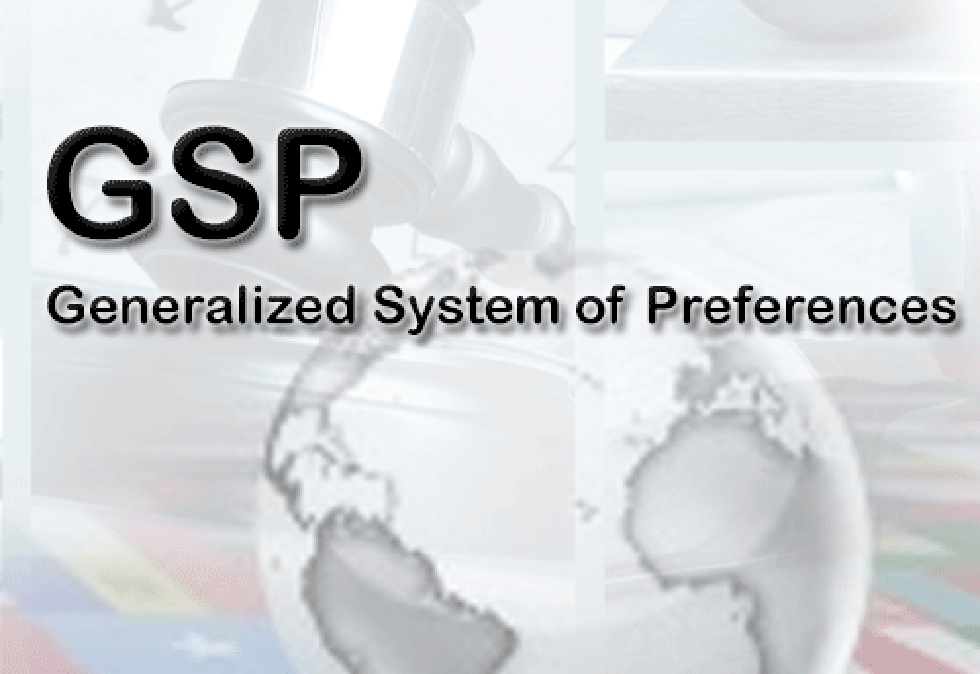
About Generalized System of Preferences (GSP):
- It was instituted in 1971 under the aegis of the United Nations Conference on Trade and Development (UNCTAD).
- It is a voluntary trade measure implemented by developed countries that provides an advantageous, or “preferential”, tariff treatment to imports from developing countries.
- The preferences are in the form of either elimination or reduction in customs duty when the list of eligible products from the beneficiary developing country (BDC) is exported to the developed country.
- However, an exporter under the GSP is required to fulfil the rules of origin under the GSP scheme. The rules of origin are the criteria required to ensure that the product exported originates from the country of export and is not being diverted from another country.
- The GSP is a unilateral customs duty preference scheme i.e. there is no need for India or other BDCs to provide reciprocal customs duty preferences for the developed country.
- The major countries that grant GSP preferences to developing countries are Armenia, Australia, Azerbaijan, Belarus, Canada, European Union (EU), Japan, Kazakhstan, Kyrgyz Republic, New Zealand, Norway, Russian Federation, Switzerland, Tajikistan, Turkmenistan, Turkey, United Kingdom (UK), United States (US), and Uzbekistan.
- Each of these developed countries has its own regulatory framework under which it provides the GSP tariff preferences.
- The GSP provided also varies in terms of the products on which preferences are provided and the developing countries' exports to which the tariff preferences are granted.
- In terms of trade volumes, the GSPs granted by the EU and the US are the most comprehensive and hence, the most important for developing countries.
- Some of the GSP schemes also provide additional tariff preferences to a specified class of developing countries, with most providing the largest coverage of GSP customs duty preferences to exports from Least Developed Countries (LDCs).
- India is one of the primary beneficiaries in terms of export volume realized under the GSP. Around 40% of India’s exports to the EU are under the EU GSP, while prior to the US GSP withdrawal, around 10% of India’s total exports to the US were under the GSP.
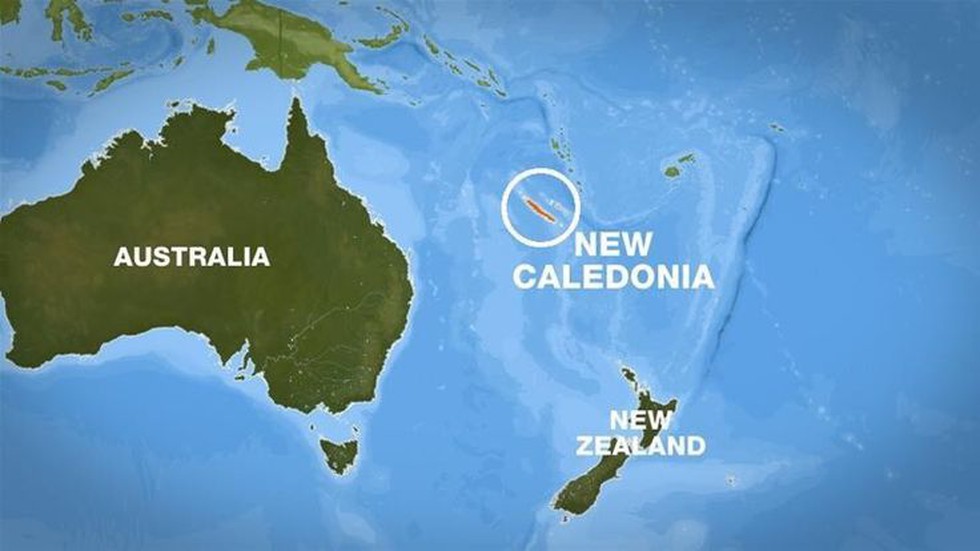
About New Caledonia:
- It is a French overseas collectivity with significant autonomy under the terms of the 1998 Nouméa Accord.
- It is located in the southwestern Pacific Ocean, about 900 miles (1,500 km) east of Australia.
- Unlike many Pacific islands that are of relatively recent volcanic origin, New Caledonia is an ancient fragment of the Gondwana supercontinent.
- It comprises the main island of Grande Terre, the four Loyalty Islands (Ouvéa, Lifou, Tiga, and Maré), the Belep archipelago, the Isle of Pines, and some remote islands.
- Capital: Nouméa (located on Grande Terre)
- Population:
- Just over 270,000 people live in New Caledonia (2019). Approximately 39 percent are indigenous ('Kanak').
- The remainder are Caledonians of European, Polynesian, and other (including Vietnamese, Indonesian, and Algerian) origins.
- New Caledonians are French and European citizens with the right to live anywhere in France. They are entitled to vote in territorial and French national elections.
- The President of the French Republic is New Caledonia's Head of State and is represented in New Caledonia by a High Commissioner.
- It is one of the European Union’s (EU) Overseas Countries and Territories (OCTs) but is not part of the EU, the Euro, or Schengen zones.
- The Nouméa Accord (1998) and consequent Organic Law (March 1999) provide the constitutional framework under which New Caledonia is governed. The Accord also defines New Caledonia's relations with France and sets out a timetable for New Caledonia to assume responsibility for most areas of government.
- New Caledonia is the seat of the Secretariat of the Pacific Community, formed by Australia, France, the Netherlands, New Zealand, the United Kingdom, and the United States in 1947 to promote economic and social stability in the countries of the South Pacific.
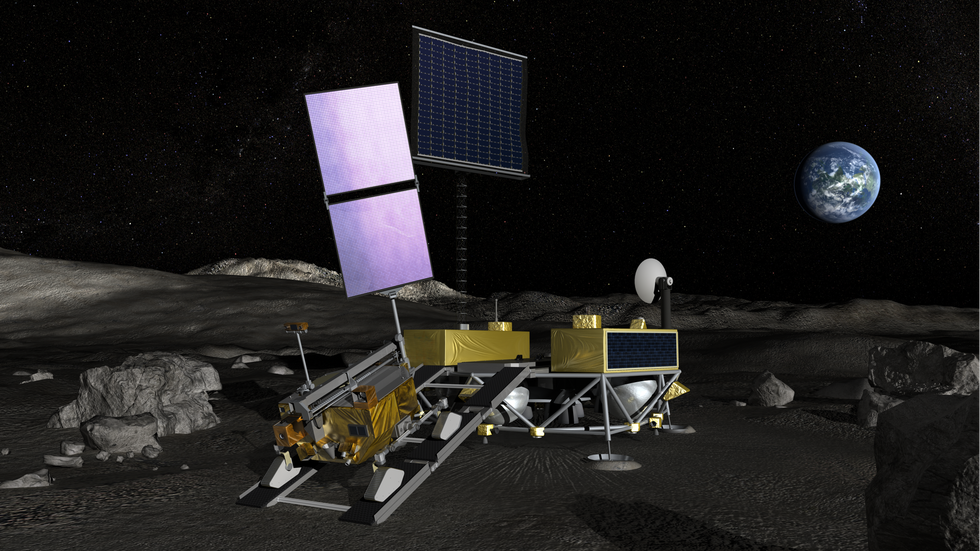 About Lunar Polar Exploration Mission (LUPEX):
About Lunar Polar Exploration Mission (LUPEX):
- It is a collaborative endeavor between Indian Space Research Organization (ISRO) and Japan Aerospace Exploration Agency (JAXA).
- The mission is scheduled to launch in 2025.
- This mission will take off aboard Japan’s H3 rocket.
- Primary Goal: To explore the moon’s southern polar region, investigating the presence of water and other elements, potentially in the form of surface ice.
- It aims to showcase innovative surface exploration technologies. The special focus is on vehicular transport and lunar night survival.
- It features both a lander and a rover. JAXA is responsible for developing and operating the rover, and ISRO for developing and operating the lander that will carry the rover.
- The rover will drive on its own to search for areas where water is likely to be present and sample the soil by digging into the ground with a drill.
- The plan is to acquire data by analyzing the collected samples in detail with observation equipment mounted on the rover.
- The rover will be equipped with instruments for measuring the water content of regolith (lunar sand), drilling, and sampling, as well as with other world-first and world-leading technologies for the driving system and batteries.
- The rover will carry not only the instruments of ISRO and JAXA but also those of the US space agencyNASA and the European Space Agency (ESA).
Source: Mission with India to search for water on moon is on track, launch in few years — Japan space agency
- CCPCJ is a commission of the United Nations Economic and Social Council (ECOSOC).
- It acts as the principal policymaking body of the United Nations (UN) in the fields of crime prevention and criminal justice.
- Membership: The CCPCJ has 40 member states that are elected by ECOSOC and is chaired by a Bureau.
- ECOSOC provided for CCPCJ mandates and priorities in resolution 1992/22, which includes the following:
- International action to combat national and transnational crime, such as organized crime, economic crime, and money-laundering
- Promoting the role of criminal law in protecting the environment
- Crime prevention in urban areas, including juvenile crime and violence
- Improving the efficiency and fairness of criminal justice administration systems
- CCPCJ also offers Member States a forum for exchanging expertise, experience and information in order to develop national and international strategies and to identify priorities for combating crime.
- It also acts as a preparatory body and as an implementing body for the quinquennial United Nations Congress on Crime Prevention and Criminal Justice.
- In 2006, the General Assembly adopted resolution 61/252, which further expanded the mandates of CCPCJ to enable it to function as a governing body of the United Nations Office on Drugs and Crime (UNODC), and to approve the budget of the United Nations Crime Prevention and Criminal Justice Fund, which provides resources for technical assistance in the field of crime prevention and criminal justice worldwide.
- The Commission maintains close links with the research institutes belonging to the UN Crime Prevention and Criminal Justice Programme Network (PNI).
- The network has been developed to assist the international community in strengthening cooperation in the area of crime prevention and criminal justice.



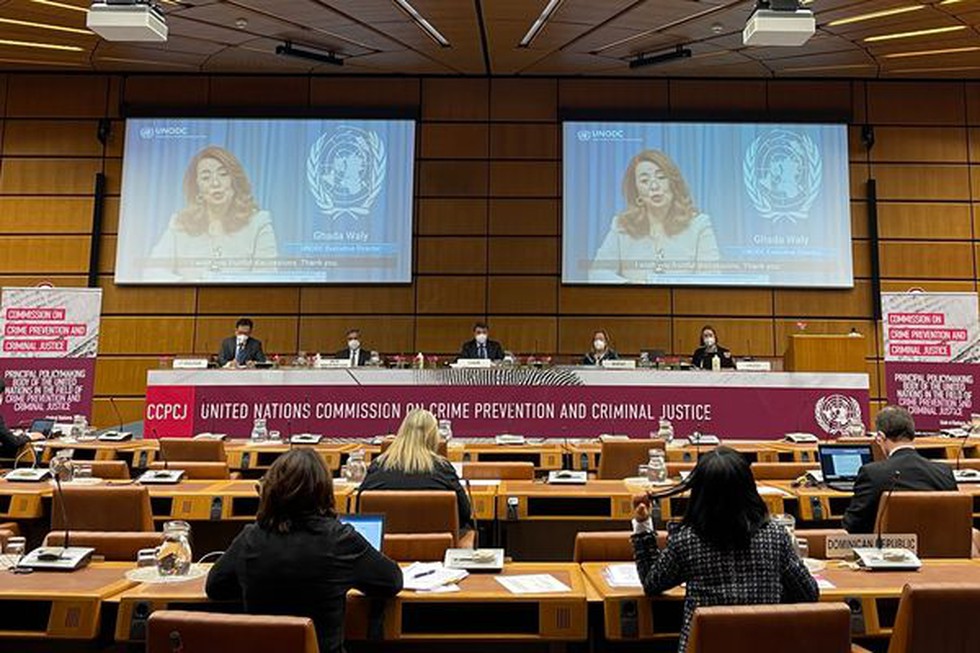























































































































































.png)
.png)
.png)
.png)
.png)


.png)
.png)
.png)





.png)
.png)






.png)
.png)
.png)
.png)
.png)
.png)
.png)
.png)
.png)

.png)







.png)
.png)


.png)
.png)
.png)


.png)

.png)
.png)





.jpg)

.png)
.png)


.png)

.png)
.png)
.png)

.jpg)

.jpg)


.png)

.png)
.png)
.png)
.png)
.png)
.png)
.png)
.png)
.png)
.png)




.png)

.png)





.png)
.png)
.png)
.png)
.png)
.png)
.png)
.png)
.png)
.png)
.jpg)
.jpg)

.png)
.png)
.png)
.png)
.png)
.png)
.png)
.png)
.png)
.png)
.png)
.png)
.png)
.png)
.png)
.png)
.png)
.png)
.png)
.png)
.png)
.png)



.png)
.png)

.jpg)
.jpg)


.jpg)
.jpg)
.jpg)
.jpg)
.jpg)

.jpg)








.jpg)
.jpg)
.jpg)
.jpg)
.jpg)

















.jpg)
.jpg)







.jpg)


















.jpg)
.jpg)






























































































.jpg)
.jpg)


























.jpg)

.jpg)










.jpg)








.jpg)




.jpg)










.jpg)


















.jpg)












































.jpg)














.jpg)
.jpg)
.jpg)





.jpg)

.jpg)
.jpg)





































































.jpg)


































.jpg)
.jpg)
















































.jpg)












.jpg)


.jpg)




.jpg)
.jpg)
.jpg)

.jpg)
.jpg)
.jpg)
.jpg)

.jpg)
.jpg)
.jpg)

.jpg)
.jpg)
.jpg)
.jpg)
.jpg)
.jpg)
.jpg)
.jpg)

.jpg)


.jpg)
.jpg)
.jpg)
.jpg)
.jpg)
.jpg)
.jpg)
.jpg)
.jpg)
.jpg)











.jpg)
.jpg)





.jpg)
.jpg)
.jpg)
























.jpg)
























.jpg)









.jpg)
.jpg)







.jpg)
.jpg)









































.jpg)
.jpg)
.jpg)
.jpg)
.jpg)

.jpg)
.jpg)
.jpg)
.jpg)
.jpg)


.jpg)
.jpg)
.jpg)
.jpg)
.jpg)

.jpg)
.jpg)
.jpg)
.jpg)
.jpg)
.jpg)
.jpg)
.jpg)
.jpg)
.jpg)
.png)

.png)
.png)

.png)
.png)
.png)
.png)


.jpg)
.jpg)

.jpg)
.jpg)
.jpg)

.png)
.png)
.png)
.png)
.png)
.png)
.png)

.png)
.png)
.png)
.png)
.png)
.png)
.png)
.png)
.png)
.png)





































































-min.png)



.png)




.png)








































